
مستشفى مورفيلدز دبي للعيون يحصل على اعتماد “مركز التميّز” في طب العيون من المجلس الأسترالي لمعايير الرعاية الصحية (ACHSI)، ليصبح بذلك أول منشأة صحية في المنطقة تحقق هذا الإنجاز المرموق. وشهد الحفل الذي نظمه المستشفى بهذه المناسبة، معالي عبد الرحمن بن محمد العويس وزير الصحة ووقاية المجتمع، وسعادة عوض صغيّر الكتبي مدير عام هيئة الصحة… متابعة قراءة مستشفى مورفيلدز دبي للعيون أول مركز للتميّز في طب العيون على مستوى المنطقة

أبوظبي، الإمارات العربية المتحدة، xx مارس 2023: أجرى طبيب عيون في مستشفى مورفيلدز للعيون في أبوظبي، جزء من مبادلة للرعاية الصحية، عملية جراحية لشاب عمره 23 عامًا بعد تشخيصه بمرض شائع يصيب العين في مجتمعات منطقة الشرق الأوسط ويتطور تدريجيًا. وقد منحته هذه العملية أملاً جديدًا لتحقيق حلمه بأن يصبح طبيب أسنان. محمد أسامة طالب… متابعة قراءة عملية تثبيت قرنية ناجحة في مستشفى مورفيلدز للعيون في أبوظبي تحقق حلم طالب جامعي باستكمال الدراسة
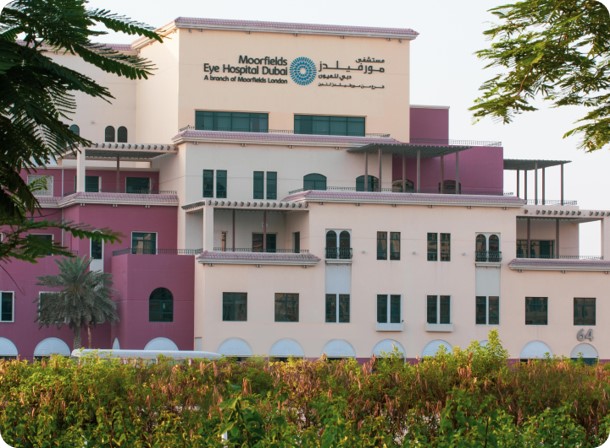
ينهض مزودو خدمات الرعاية الصحية بمسؤولية أخلاقية ومهنية في ضمان أمان وسلامة الرعاية التي يقدمونها للمرضى وأنها تصل بهم إلى نتائج تتماشى مع النتائج المعترف بها دولياً. ويسعى مستشفى مورفيلدز دبي للعيون، بوصفه أول فرع لمؤسسة مستشفيات مورفيلدز للعيون خارج المملكة المتحدة، دوماً إلى الحفاظ على سمعة المستشفى الأم التي عززتها على مدار أكثر من… متابعة قراءة مستشفى مورفيلدز دبي للعيون سلطت الضوء على أهمية جودة الرعاية الصحية المقدمة بها
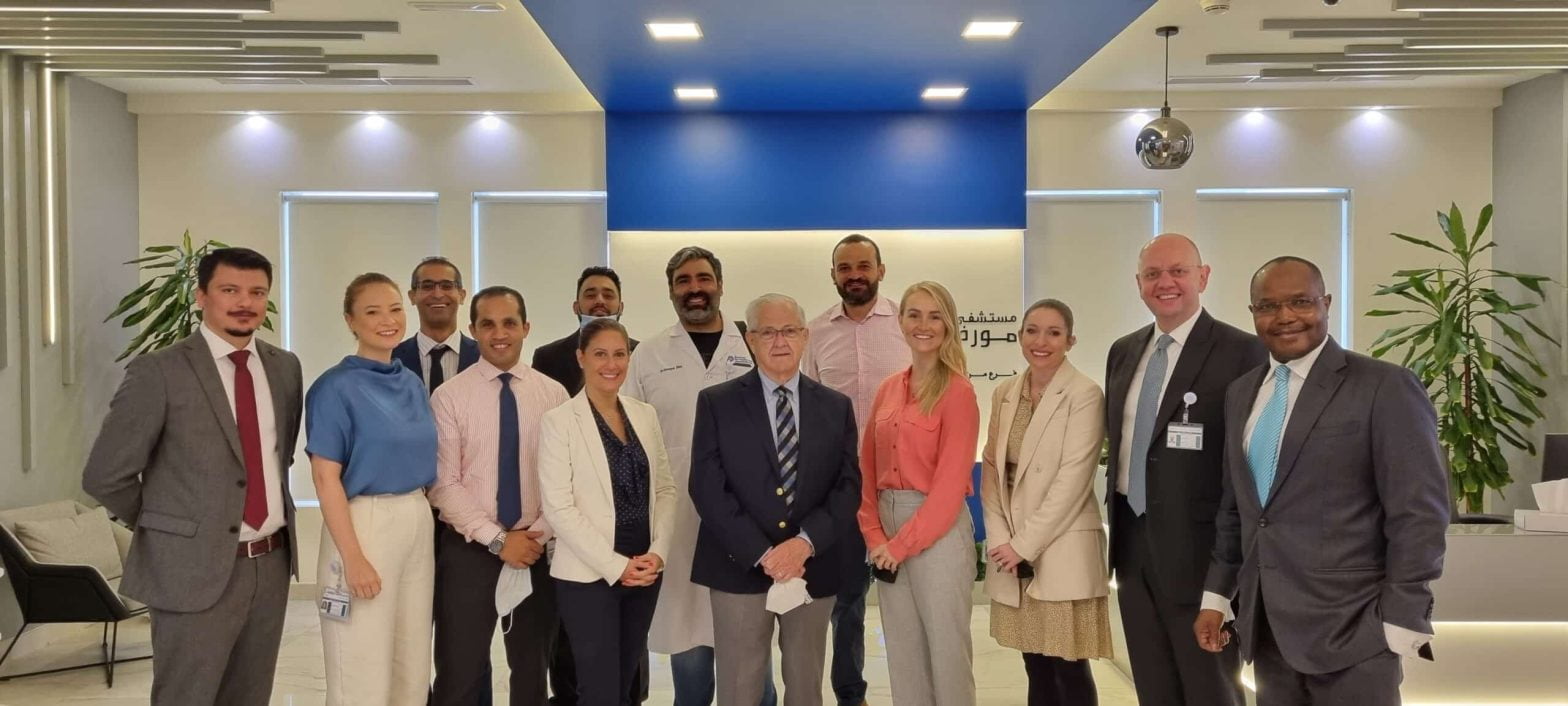
دبي، دولة الإمارات العربية المتحدة . حصل مستشفى مورفيلدز دبي للعيون على الختم الذهبي للرعاية السريرية من اللجنة الدولية المشتركة (JCI)، وذلك نتيجة لمواصلته الالتزام بالامتثال لمعاييرها المعترف بها دولياً. وكان مستشفى مورفيلدز دبي للعيون قد خضع لتدقيق ميداني صارم في شهر يونيو 2022. وخلال هذا التدقيق، أجرى فريق من الخبراء من اللجنة الدولية المشتركة… متابعة قراءة مستشفى مورفيلدز دبي للعيون يحصل على الاعتماد من اللجنة الدولية المشتركة (JCI)
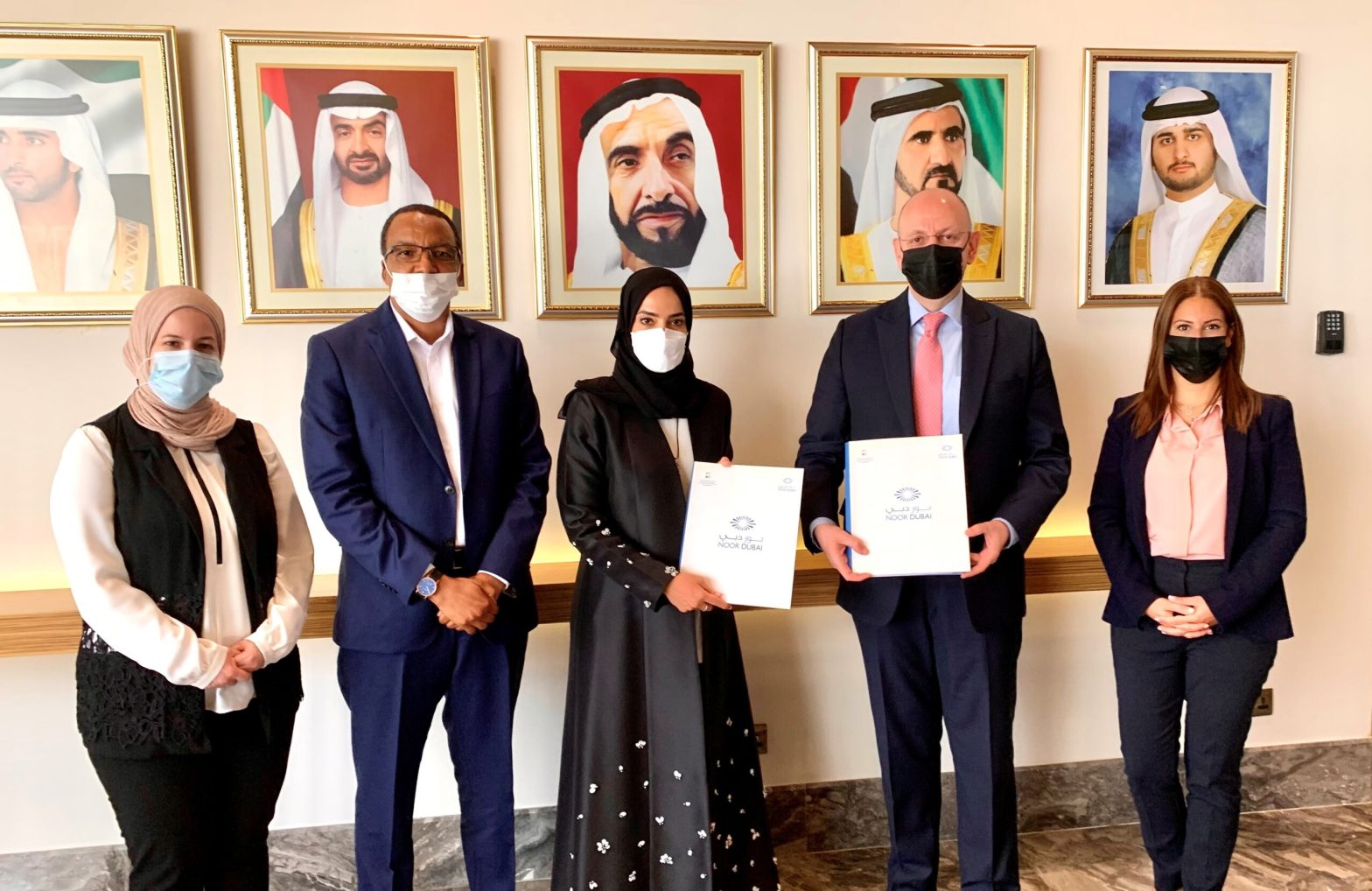
دبي، الإمارات العربية المتحدة – 15 يونيو 2022 | أعلنت مؤسسة نور دبي الخيرية، إحدى مبادرات محمد بن راشد العالمية، عن إبرام اتفاقية شراكة مع مستشفى مورفيلدز دبي للعيون، فرع مستشفى مورفيلدز للعيون في لندن، لتقديم الخدمات العلاجية لمرضى العيون في الدولة و الذين يستدعي علاجهم تجهيزات خاصة لضمان استفادتهم من العلاج، جاء ذلك في… متابعة قراءة مستشفى مورفيلدز دبي للعيون يوقع اتفاقية مع مؤسسة نور دبي
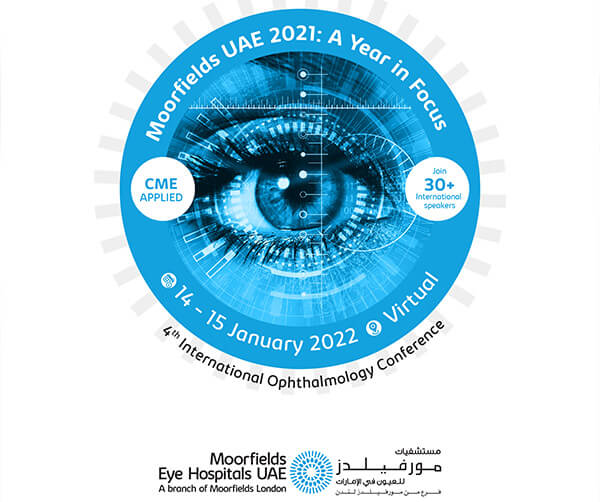
مستشفيات مورفيلدز للعيون في الإمارات تستضيف المؤتمر الدولي الرابع لطب العيون بعنوان “عام تحت المجهر”
يجتمع أبرز أطباء العيون من مختلف أرجاء العالم لمناقشة آخر التطورات الطبية والابتكارات التي سيشهدها العالم في عام 2022. دبي ،الإمارات العربية المتحدة ،ديسمبر2021 : تستضيف مستشفيات مورفيلدز للعيون في الإمارات المؤتمر الدولي الرابع لطب العيون بعنوان “عام تحت المجهر” والذي سيعقد يومي الجمعة 14 والسبت 15 يناير 2022. سيضم المؤتمر أكثر من 30 باحثًا… متابعة قراءة مستشفيات مورفيلدز للعيون في الإمارات تستضيف المؤتمر الدولي الرابع لطب العيون بعنوان “عام تحت المجهر”
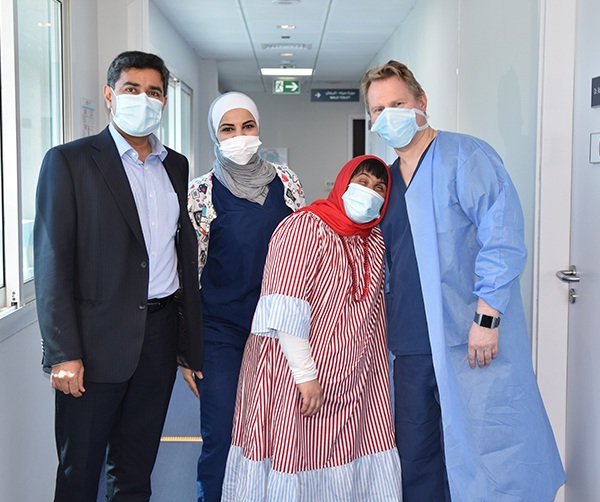
أبوظبي، 4 سبتمبر 2021: نجح الأطباء في مستشفى مورفيلدز للعيون في أبوظبي التابع لمجموعة الشرقية المتحدة للخدمات الطبية وشبكة مبادلة للرعاية الصحية، في إعادة البصر إلى مريضة مواطنة من أصحاب الهمم، في عينها اليمنى والوحيدة التي ترى من خلالها حيث تمت إزالة العين اليسرى في طفولتها لإصابتها بمرض الجلوكوما ومضاعفاتها. المريضة التي تبلغ من العمر… متابعة قراءة خضعت لجراحة ناجحة تم خلالها زراعة عدسة وعلاج التصاقات شديدة أطباء مستشفى مورفيلدز للعيون في أبوظبي ينجحون في إعادة البصر إلى مريضة من أصحاب الهمم
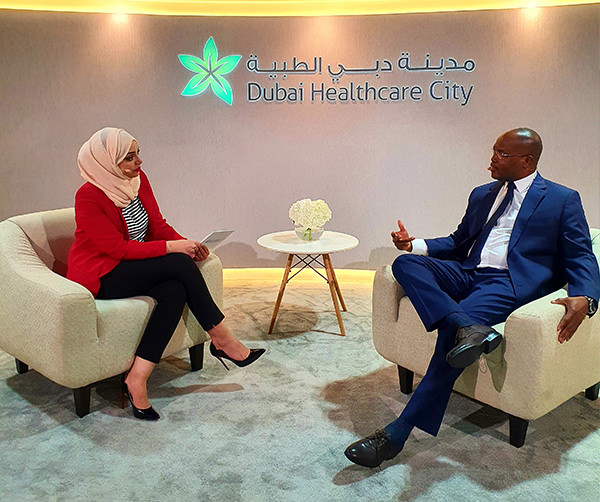
دبي ، الإمارات العربية المتحدة : خلال مؤتمر الصحة العربي 2021، أضخم ملتقى للمتخصصين في الرعاية الصحية والمعنيين بالمجال بمنطقة الشرق الأوسط وشمال إفريقيا، سلط مستشفى مورفيلدز دبي للعيون الضوء على استراتيجيته في البحوثات العلمية والابتكار والخطط الحالية والمستقبلية. ركز مستشفى مورفيلدز دبي للعيون منذ افتتاحه عام 2007 على مفهوم “البحث العلمي والابتكار” والتي يعمل… متابعة قراءة مستشفى مورفيلدز دبي للعيون يسلّط الضوء على ابتكارات في طب العيون خلال معرض الصحة العربي
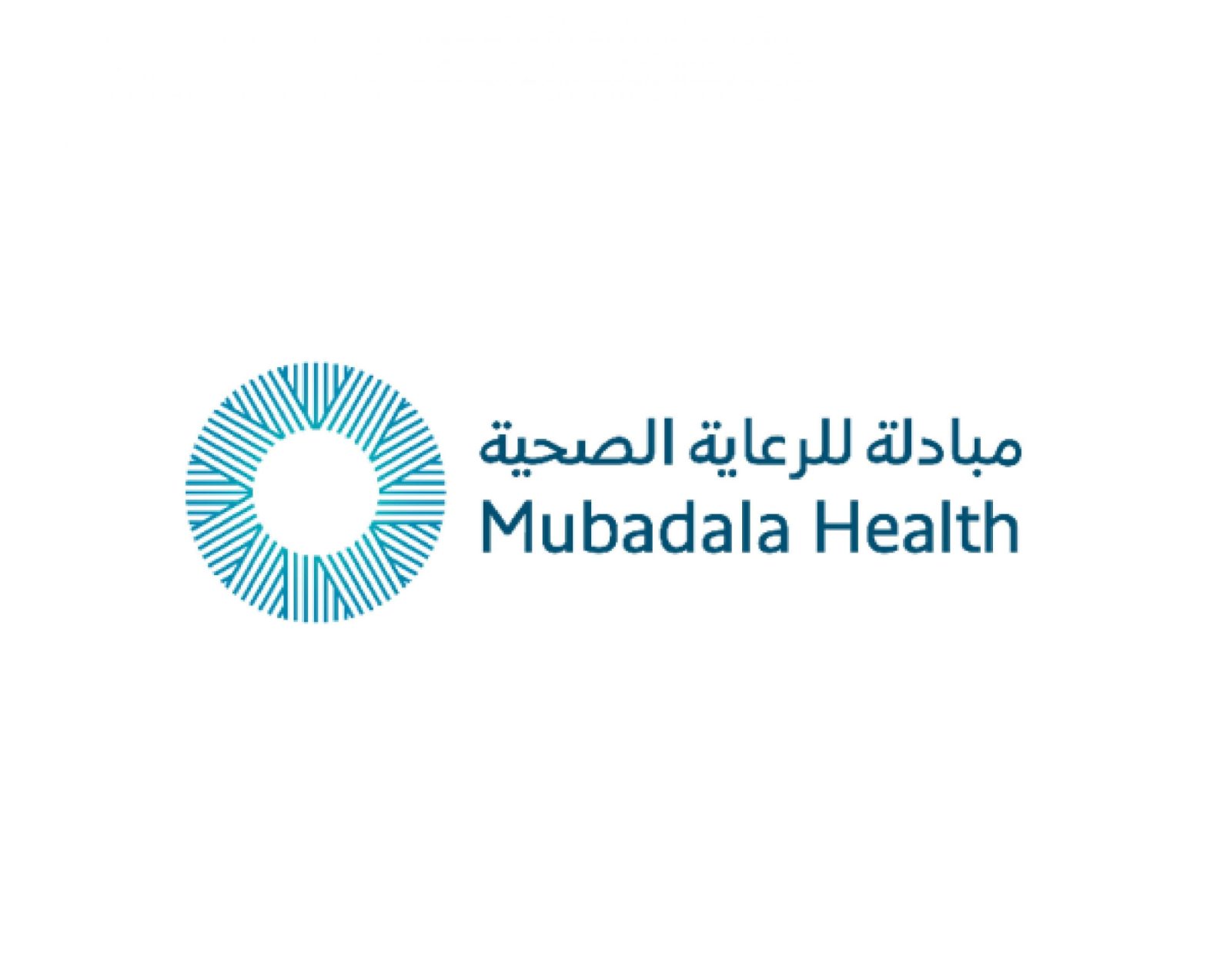
أبوظبي، الإمارات العربية المتحدة، 16 يونيو 2021: أعلنت اليوم مبادلة للرعاية الصحية، شبكة الرعاية الصحية المتكاملة التابعة لمبادلة للاستثمار، عن استحواذها على حصة 60 % في شركة الشرقية المتحدة للخدمات الطبية “يو إي ميديكال”، وذلك من شركة جدوى للاستثمار ومجموعة الشرقية المتحدة. تُعدّ الشرقية المتحدة للخدمات الطبية أحد المجموعات الطبية الرائدة في دولة الإمارات والمملكة… متابعة قراءة مبادلة للرعاية الصحية تستحوذ على الحصة الأكبر في “الشرقية المتحدة للخدمات الطبية”

دبي الامارات العربية المتحدة – May 15, 2021: بينما يعد التعرض لأشعة الشمس ضروري كمصدر رئيسي وممتاز للحصول على فيتامين د، إلا ان عدم اتباع الإجراءات الاحترازية خلال فترة الصيف يمكن أن يؤدي للعديد من المخاطر التي قد تؤثر بشكل سلبي على صحة العين. فتمضية وقت طويل مع التعرض المباشر لأشعة الشمس وحرارة الصيف يسرع… متابعة قراءة 6 نصائح للحفاظ على صحة العين خلال فترة الصيف
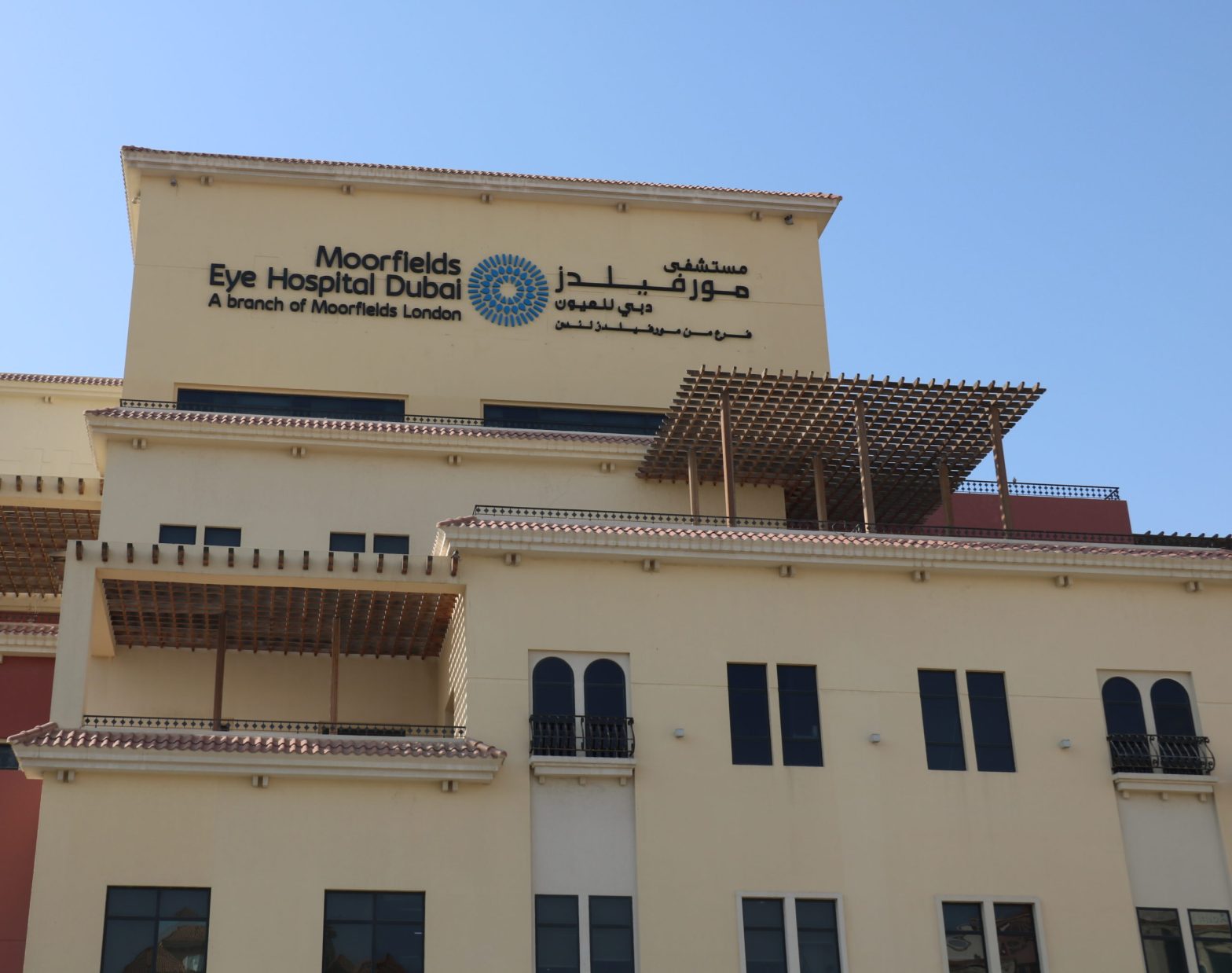
مستشفى مورفيلدز دبي للعيون يشرح المعايير المطبقة على المدى الطويل بهدف الحفاظ على سلامة المرضى وسير الأعمال تعتبر مسألة اعتماد أفضل الممارسات أمرًا مقبولًا بشكل عام وتستند إلى الخبرات والنتائج المحققة، ولكن بسبب الظروف التي يشهدها العالم اليوم، فإن ما كان ينظر إليه باعتباره أفضل الممارسات والمعايير ضمن بيئة الرعاية الصحية قبل بضعة أشهر، أصبح… متابعة قراءة معايير جديدة لأفضل الممارسات المتبعة في مجال الرعاية الصحية للعيون
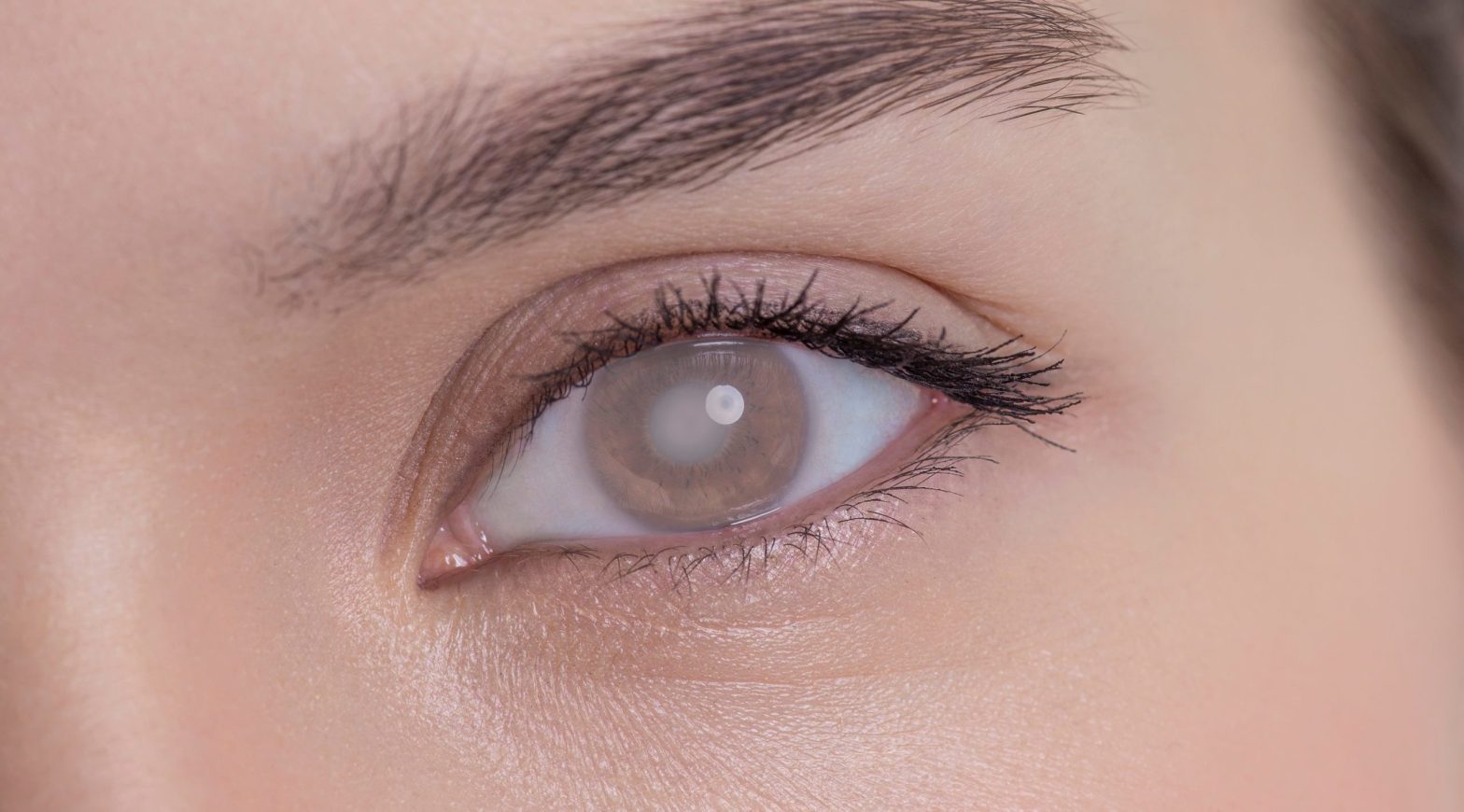
يوجه فريق خبراء طب العيون في مستشفى مورفيلدز دبي للعيون تحذيرات لسكان منطقة الشرق الأوسط وشمال إفريقيا حول عاملين رئيسيين يرتبطان بمخاطر الإصابة بالساد، وهما التقدم بالعمر ومرض السكري، وذلك تزامنًا مع شهر يونيو، الذي يعد شهر التوعية بالساد (المياه البيضاء). يؤثر الساد، الذي يعد أحد الأسباب الرئيسية للعمى في العالم، على حوالي 25٪ من… متابعة قراءة الخبراء في مستشفى مورفيلدز دبي للعيون يحذرون أفراد المجتمع من مخاطر تطور حالة الساد
